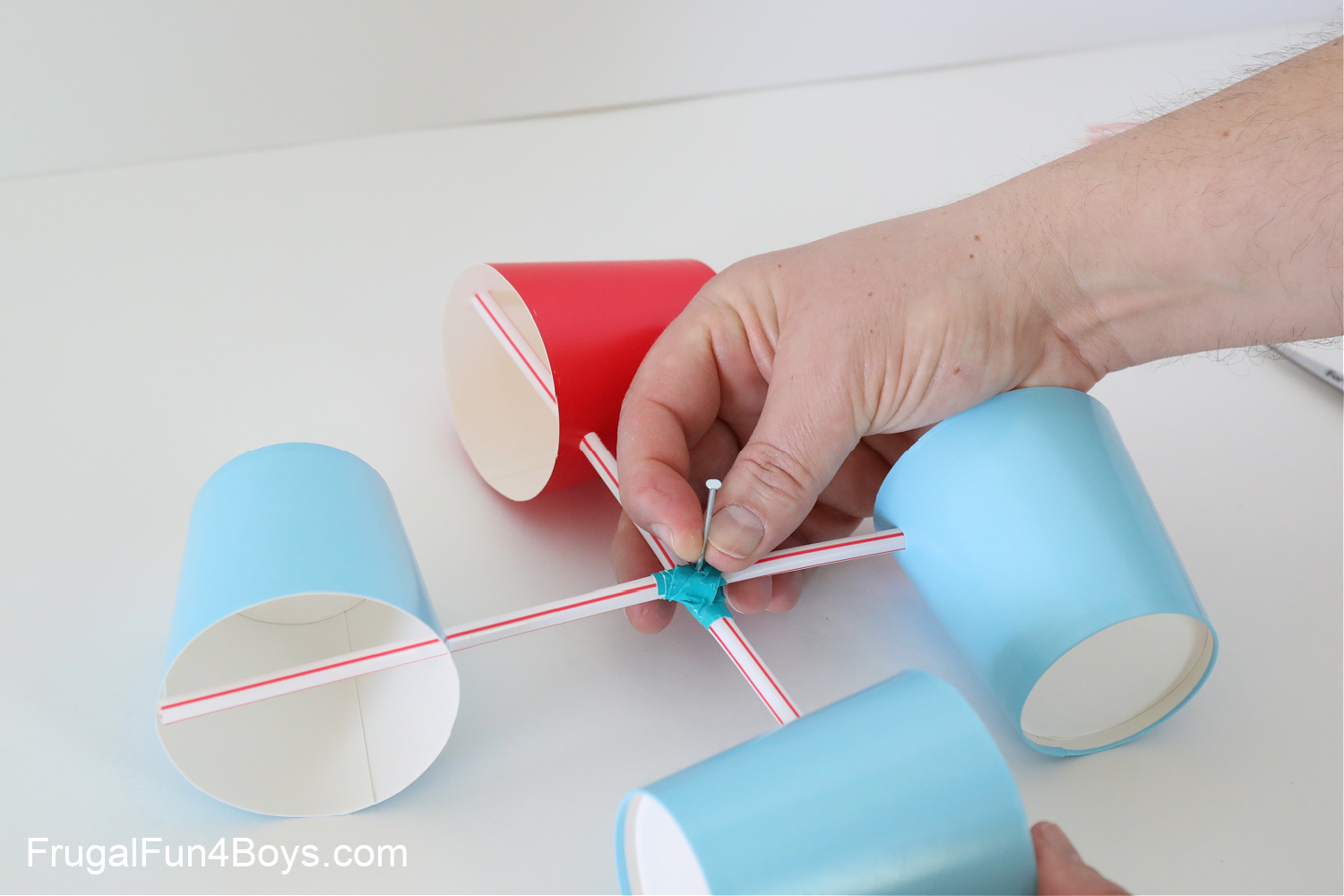Anemometer Innovations: The Most Up To Date Technology for Wind Speed Measurement
Anemometer Innovations: The Most Up To Date Technology for Wind Speed Measurement
Blog Article
Anemometers Revealed: Comprehending Their Significance in Ecological Tracking and Precaution
The function of anemometers in ecological surveillance and safety and security procedures is usually taken too lightly, yet their relevance is indisputable. From meteorology to air travel safety, anemometers play an important function in giving exact information that educates decision-making processes and boosts general safety.
History of Anemometers
The development of anemometers can be mapped back to the old worlds where basic wind gauging tools were first used. These early wind measurement tools laid the foundation for the advancement of more advanced anemometers with time. Among the earliest recognized anemometers was the hemispherical cup anemometer invented by Leon Battista Alberti in the 15th century. This design contained four hemispherical cups that accumulated wind energy, giving a dimension of its intensity based on the speed of turning.
Over the years, developments in innovation led to the development of more modern-day anemometers, consisting of ultrasonic anemometers and laser Doppler anemometers, using boosted precision and effectiveness in measuring wind rate and instructions. The history of anemometers showcases a remarkable trip of advancement and progression in the area of meteorology.
Kinds Of Anemometers
Throughout the field of weather forecasting, different types of anemometers have actually been established to accurately measure wind rate and instructions. Sonic anemometers utilize ultrasonic signals to gauge wind rate and direction precisely. Hot-wire anemometers run based on the principle that the cooling effect of wind on a heated cord is symmetrical to the wind rate.
Applications in Meteorology
Having talked about the various types of anemometers used in weather forecasting for gauging wind rate and instructions, it is important to explore their functional applications in the area. Anemometers play a crucial role in meteorology by offering real-time and precise data on wind conditions (anemometer). Meteorologists use anemometers to keep track of wind speed and direction to forecast weather condition patterns, problem cautions for extreme weather occasions like hurricanes, tornados, and storms, and examine climatic problems for aeronautics safety
In weather forecasting, anemometers aid in recognizing local and neighborhood wind patterns, which are essential for anticipating weather changes and determining weather patterns. These devices are additionally utilized in research to study microclimates, city warm islands, and air pollution dispersion. Additionally, anemometers are employed in farming to enhance plant administration techniques, such as irrigation and chemical application, based on wind conditions.
Significance in Aviation Security
An essential aspect of ensuring aviation safety depends on the thorough tracking of wind problems utilizing anemometers. Anemometers play a vital role in aeronautics by offering real-time information on wind speed and direction, assisting pilots in making notified choices throughout flight, touchdown, and liftoff. Strong and unforeseeable winds can significantly influence airplane operations, making it necessary for aeronautics authorities to depend on precise wind dimensions to guarantee the security of guests and crew.

In the dynamic environment of aeronautics, where also small modifications in wind rate and direction can have extensive results, anemometers stand as essential devices for advertising secure and safe flight.
Function in Environmental Study
Exactly how do anemometers contribute to improvements in ecological research? Anemometers play a critical role in environmental research study by giving important information on wind rate and instructions. This information is vital for understanding different climatic procedures, such as air contamination diffusion, weather patterns, and climate modification. By precisely gauging wind features, anemometers help researchers evaluate the movement of contaminants in the air, examine the effect of commercial exhausts, and forecast the spread of impurities in look at more info the setting.


Verdict
In conclusion, anemometers have actually played a critical function in ecological tracking and safety procedures. Recognizing the relevance of anemometers is vital for accurately measuring wind rate and instructions, which is essential for forecasting weather condition patterns, making certain secure aeronautics procedures, and carrying out environmental studies.
One of the earliest recognized anemometers was the hemispherical mug anemometer designed by Leon Battista Alberti in the 15th century. Over the years, innovations in innovation led to the advancement of more contemporary browse this site anemometers, consisting of ultrasonic anemometers and laser Doppler anemometers, providing raised precision and effectiveness in measuring wind speed and instructions. Hot-wire anemometers run based on find out this here the principle that the cooling effect of wind on a heated cable is symmetrical to the wind rate. Meteorologists use anemometers to keep an eye on wind rate and direction to forecast weather patterns, issue cautions for extreme weather events like typhoons, hurricanes, and storms, and evaluate atmospheric conditions for air travel safety and security.
Understanding the significance of anemometers is necessary for properly gauging wind rate and instructions, which is vital for predicting weather patterns, guaranteeing risk-free air travel procedures, and carrying out ecological researches. (anemometer)
Report this page